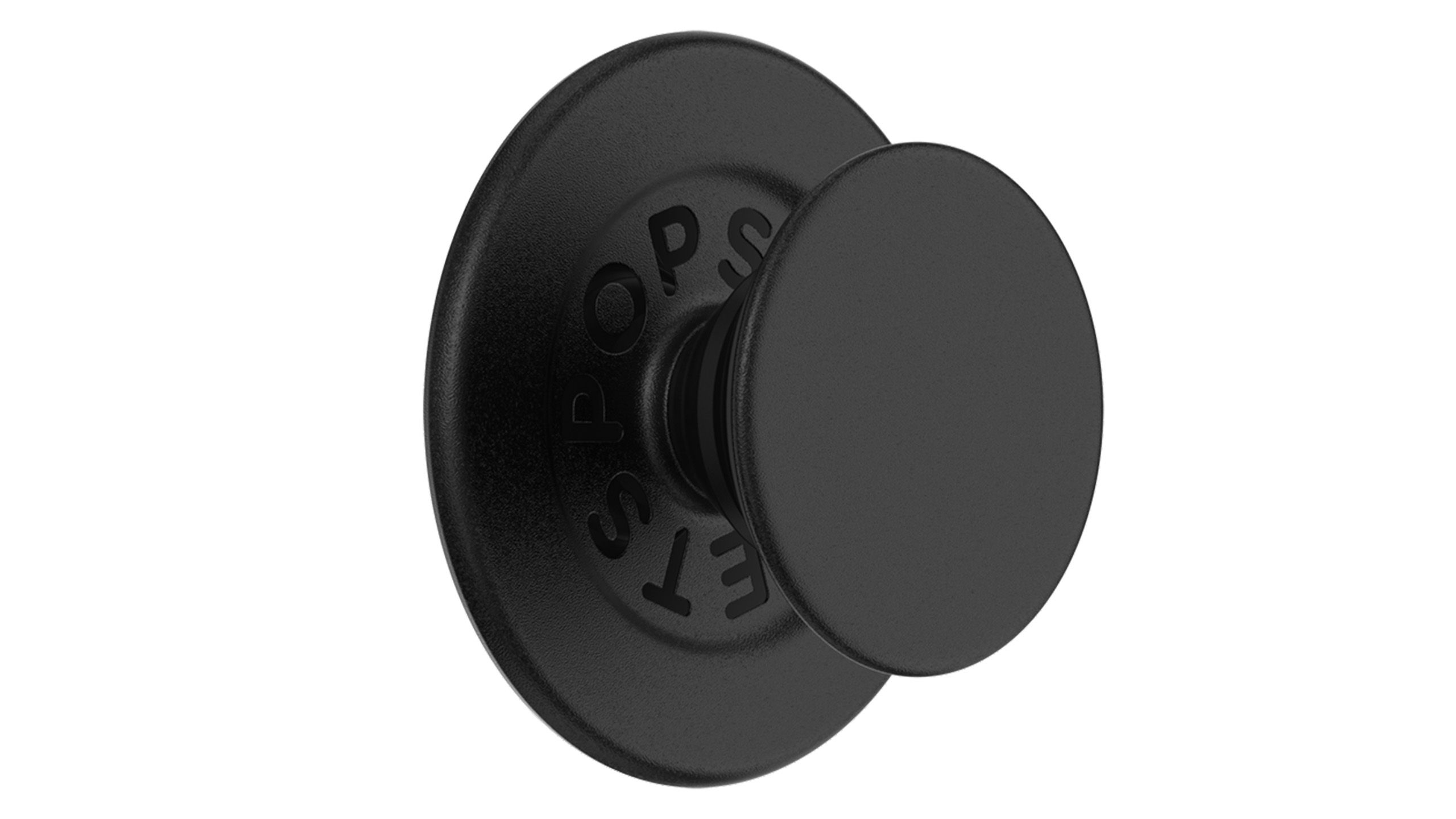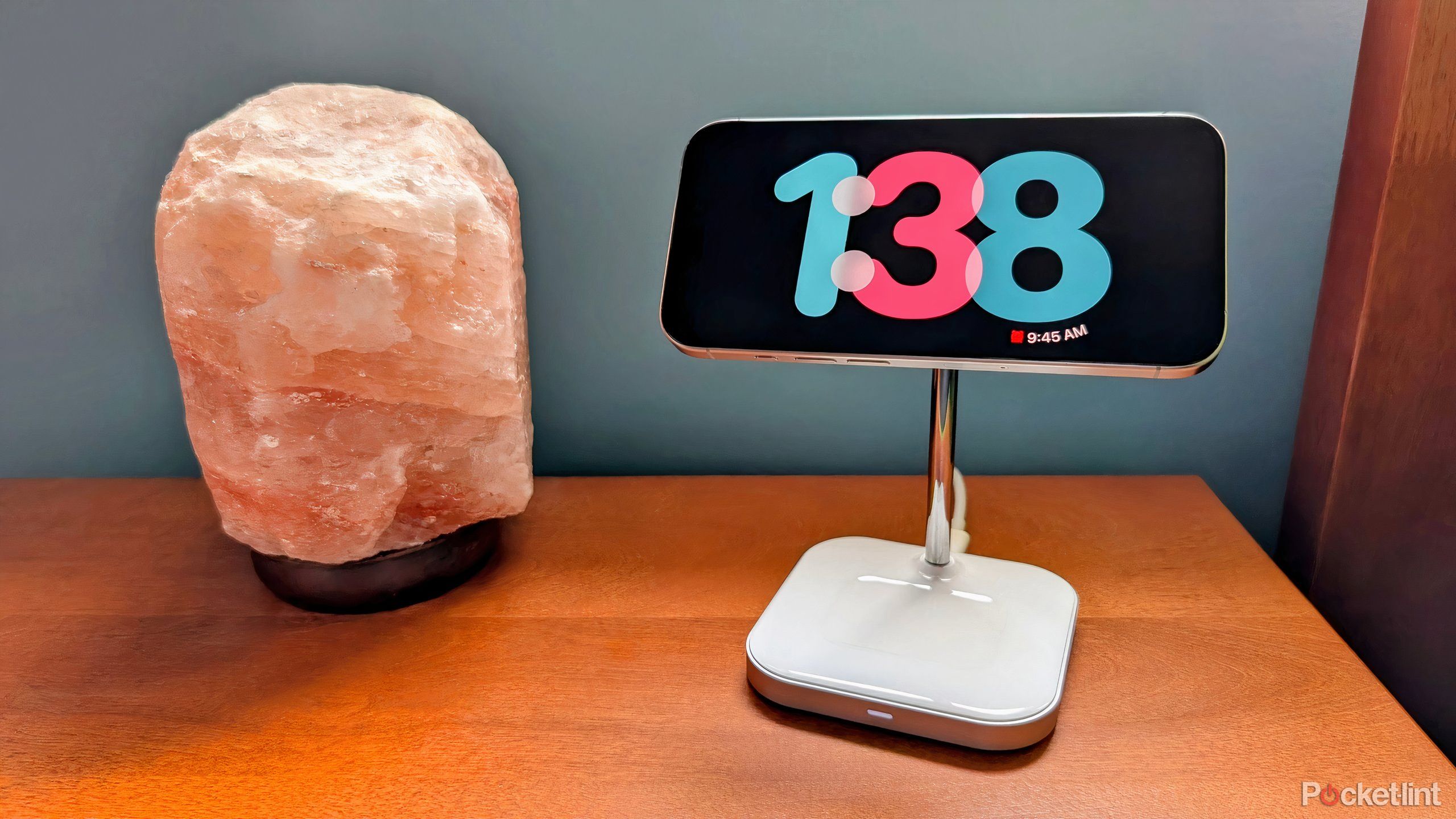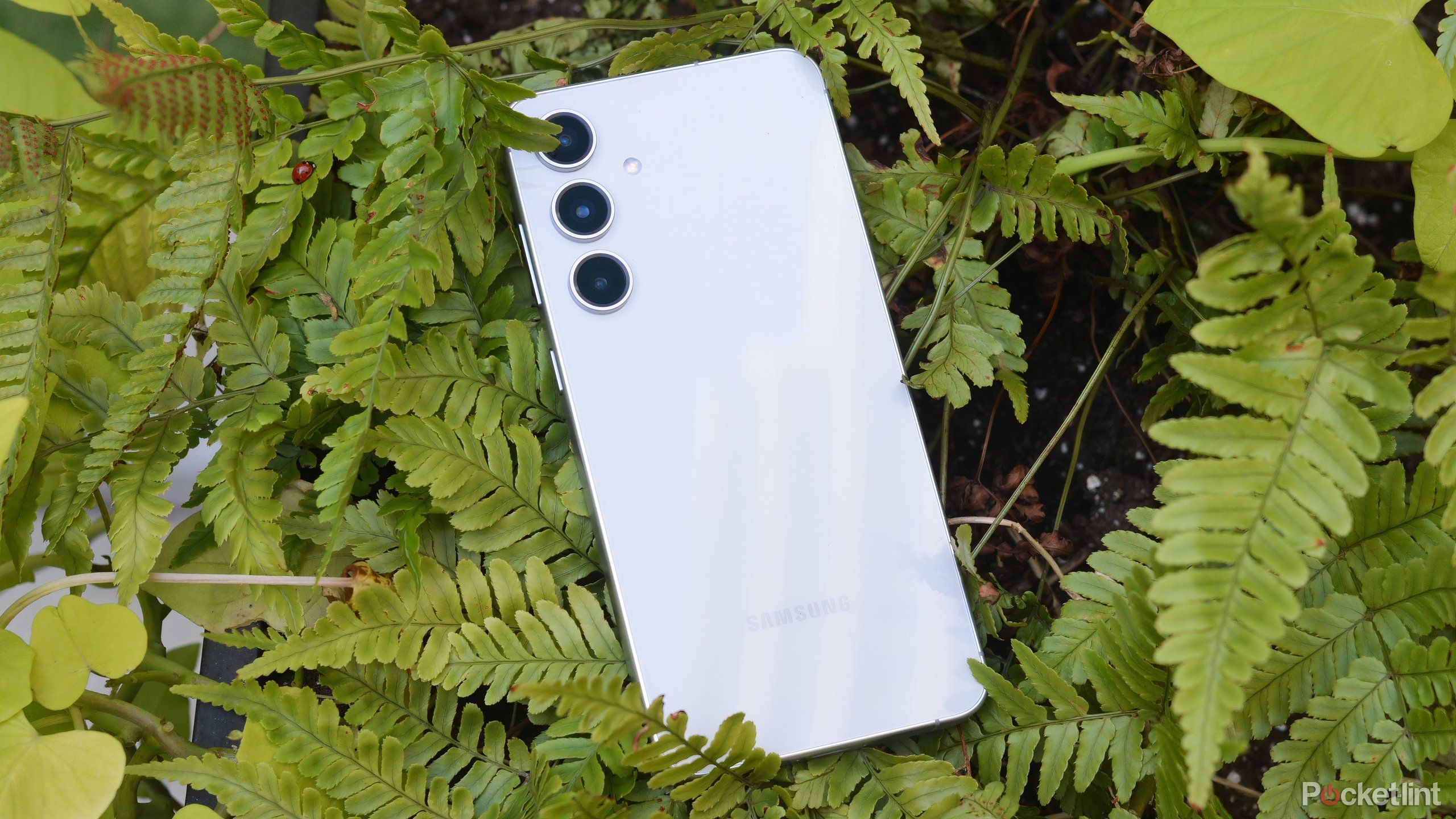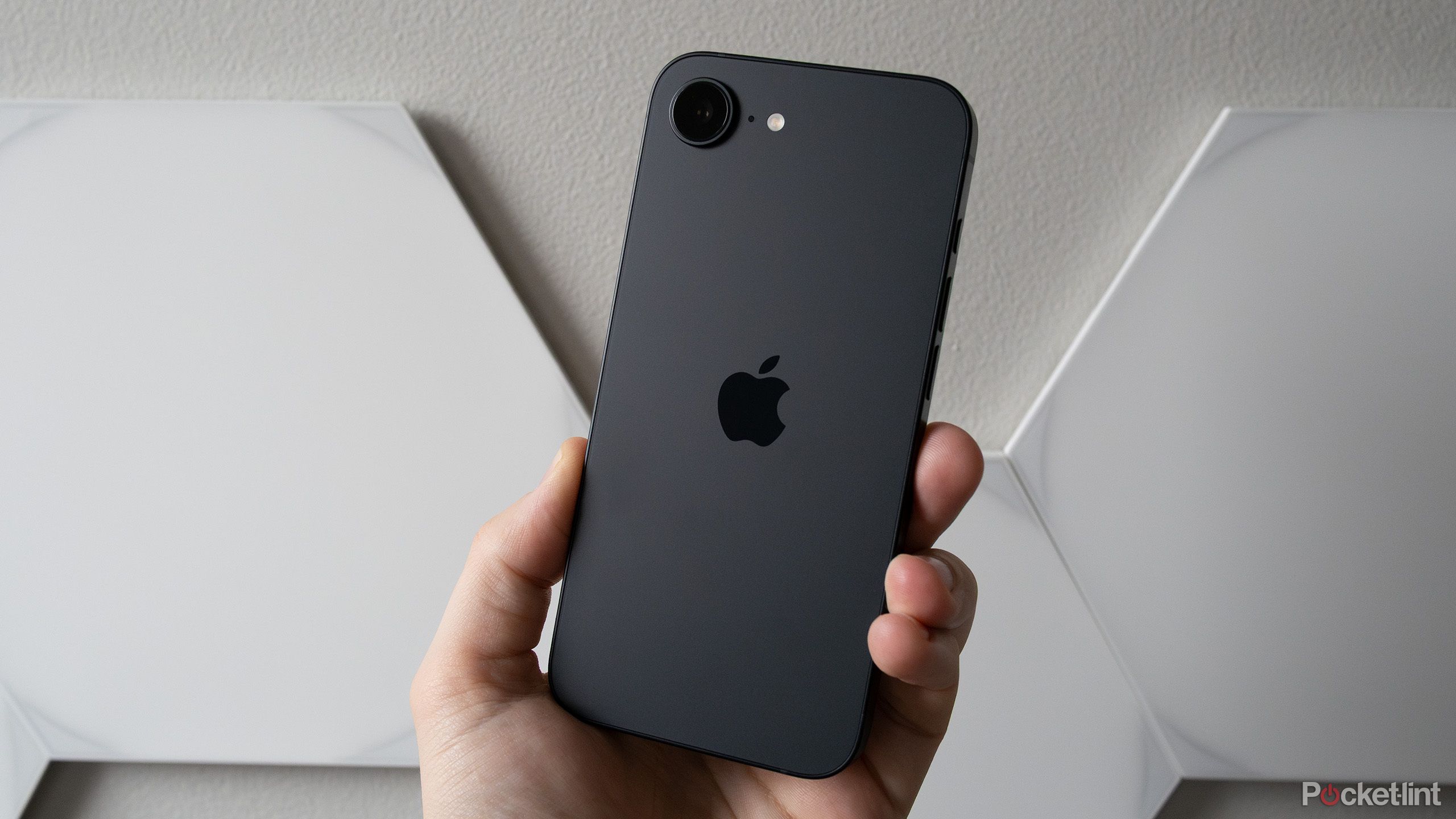Summary
- I recently installed a third-party MagSafe ring adapter onto my Android phone — a Google Pixel 9 Pro.
- I’m a big fan of magnetic wireless charging, and I couldn’t resist bringing my Pixel phone into the MagSafe ecosystem.
- I’m holding out hope for a Qi2-compatible Pixel 10 series this fall, complete with the Magnetic Power Profile (MPP) spec.
Despite having a love-hate relationship with
wireless charging
throughout the years, the concept as a whole clicked with me back when Apple debuted its MagSafe system for the
iPhone 12
in 2020. Through the magic of magnetic fields and opposing polarity, inductive charging
suddenly made sense in my eyes
. By lining inductive copper coils with a set of circular-shaped magnets on both the host and peripheral ends of the pipeline, it ensures perfect charging alignment each and every time — no more waking up to a half-charged phone perched mere inches away from its charging target.
Better yet, this same MagSafe ring of magnets proves an excellent mounting system for a whole host of accessories, gizmos, and gadgets — itself an industry with growing momentum. I was ecstatic at the news of the Wireless Power Consortium teaming up with Apple to implement a similar setup for the Qi2 wireless charging specification, which resulted in a MagSafe-adjacent open tech standard known as the Magnetic Power Profile (MPP).
I’ve been enjoying the wireless charging and peripheral ecosystem benefits of MagSafe and
Qi2
on my iPhone 15 Pro for over a year now, and I recently purchased a MagSafe PopSocket (an accessory that Pocket-lint’s Editor-in-chief Patrick O’Rourke
has raved about in the past
) to supplement my magnetic lifestyle. To my surprise, the PopSocket came with a MagSafe ring adapter in the box — I immediately seized the opportunity to convert my non-magnetic Pixel 9 Pro into a polarized Android powerhouse.

PopSocket MagSafe PopGrip
If you’re looking for a way to grip your phone a little better, PopSocket’s MagSafe PopGrip is one of the best, most versatile ways to make that happen.

Related
3 reasons why I filled my home with Qi2 wireless chargers
I’m a huge fan of inductive wireless charging technology — here’s why I’ve set up Qi2 pads on every floor of my home.
MagSafe is a mesmerizing magnetic siren
I never want to use an Android phone without magnets again
Ignoring PopSocket’s warning label on the box to avoid adhering the MagSafe adapter onto silicone-style phone cases, I went ahead and installed it on my Pixel phone’s official Google Silicone Case anyway. I made the mistake of immediately docking my newly-magnetic Android phone onto a particularly strong Satechi wireless charging stand, which ripped the ring adapter right off my case. Thankfully, after re-applying the ring and providing the adhesive enough time to actually settle in, the adapter stuck on for good the second go around.
The next day, I started using my
Pixel 9 Pro
in the same way I’ve come to use my
iPhone 15 Pro
— plopped onto a wireless charging stand while at home, slapped onto a car mount when on the road, and mixing and matching peripherals like external Qi2 battery banks, SSDs, and even OnePlus’ funky Airvooc wireless charging puck. And, yes, I went ahead and latched my new PopSocket onto the Pixel for good measure, too.
…now I never want to go back to using an Android handset that doesn’t have a ring of magnets of its own.
In the days since, I’ve gotten so used to magnetically attacking my Pixel onto MagSafe and Qi2 accessories and chargers, that I’ve forgotten that the feature isn’t natively built into Google’s flagship device at a hardware level. I’ve always loved MagSafe on the iPhone, and now I never want to go back to using an Android handset that doesn’t have a ring of magnets to call its own.

Related
Magnetic wireless charging is finally coming to Android
It’s been a long time coming, but you could finally catch Android charging up with Apple.
Where are all the Qi2 Android phones?
My fingers are crossed for a magnetically endowed Pixel 10 series
I love that I can use any number of affordable third-party ring adapters to bridge the magnetic iPhone – Android divide, but it’s genuinely a shame that Android phone makers
haven’t jumped on the Qi2 bandwagon
with enthusiasm. With the standard being open, it’s practically begging for adoption by Google, Samsung, OnePlus, and other industry juggernauts. Those within the iPhone ecosystem have been reaping the benefits of MagSafe for close to half a decade at this point, and I’m more than a little jealous as a lover of all things Android.
We’ve seen some interesting moves as of late, which are worth pointing out:
Apple opted to remove
native MagSafe support within its mid-range iPhone 16e device, while the likes of OnePlus and Samsung have elected to incorporate magnetic into their first-party cases as opposed to within their phones proper. Might this be a sign of what’s to come? I hope not, as having the magnets built right into a phone’s chassis is more consumer-friendly, despite the fact that most of us do rely on cases on a day-to-day basis.
C’mon Google: I’m counting on you to set a new magnetic precedent within the Android world.
Personally, I’d prefer to have my cake and eat it too — built-in magnets provide a frictionless experience that cases and ring adapters don’t entirely match up to. That’s not to say that my PopSocket ring adapter has proven intrusive — I barely remember that it’s there — but I sure do hope that Google’s upcoming
Pixel 10
series wholeheartedly embraces Qi2’s Magnetic Power Profile. C’mon Google: I’m counting on you to set a new magnetic precedent
within the Android world
.

Related
The iPhone 16e skips MagSafe, but Apple says you didn’t need it anyway
Apple has revealed the reason why MagSafe was excluded from the iPhone 16e, and it’s a bold assumption.








